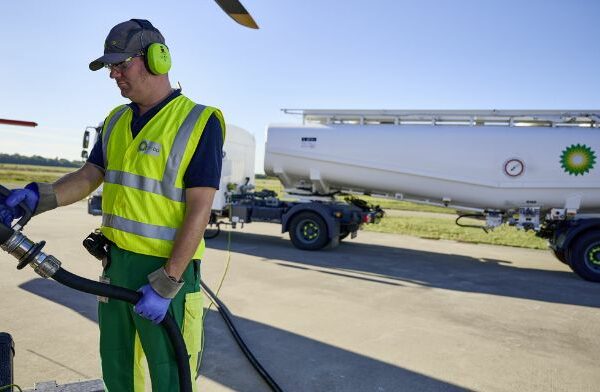Looking back at the first half of 2020 Swedavia, has noted that the impact of COVID-19 was particularly dramatic during the second quarter of this year when 321,000 passengers (compared to 10.7 million in 2019) flew to or from the Swedish operator’s airports. A decrease of 97%.
To replace the company’s decrease in net revenue (which amounted to around 1.3 billion Swedish kronor), Swedavia’s owner – the Swedish state – provided a capital injection of 3.15 billion kronor. During the last few weeks of the quarter, the aviation market showed signs that a recovery had begun with the market moving towards a new normal with new conditions following the pandemic.
“Swedavia entered the crisis in a very good financial position,” said Jonas Abrahamsson, Swedavia’s President and CEO. “However, our operations are entirely dependent on variable revenue from our customers, and the crisis entailed lost revenue for Swedavia of almost 500 million kronor a month during the quarter. The 3.15 billion kronor capital injection has been vital to the company’s ability to create long-term value and to safeguard critical Swedish infrastructure.”
Swedavia has taken proactive measures to counter the decline in air travel, and it is expected that these measures will cut the company’s costs by about one billion kronor and reduce investments by the same amount in 2020. “In the short term, Swedavia’s view is that the aviation market in both 2020 and 2021 will be strongly affected, which will have consequences both for access and for the companies that operate in this market,” said Abrahamsson. He added that short-term cost savings need to be implemented with further efficiency improvements and long-term sustainable measures.
He concluded that, “Unfortunately, among other moves, it means that we need to carry out a major part of the redundancies of 800 full-time positions that we announced in March, during the second half of the year. This is a difficult but necessary decision that no one could have imagined we would need to make when we started the year. The changed market situation also means that we are now giving priority in our investment portfolio to projects and measures that increase efficiency, flexibility and service rather than to capacity.”






